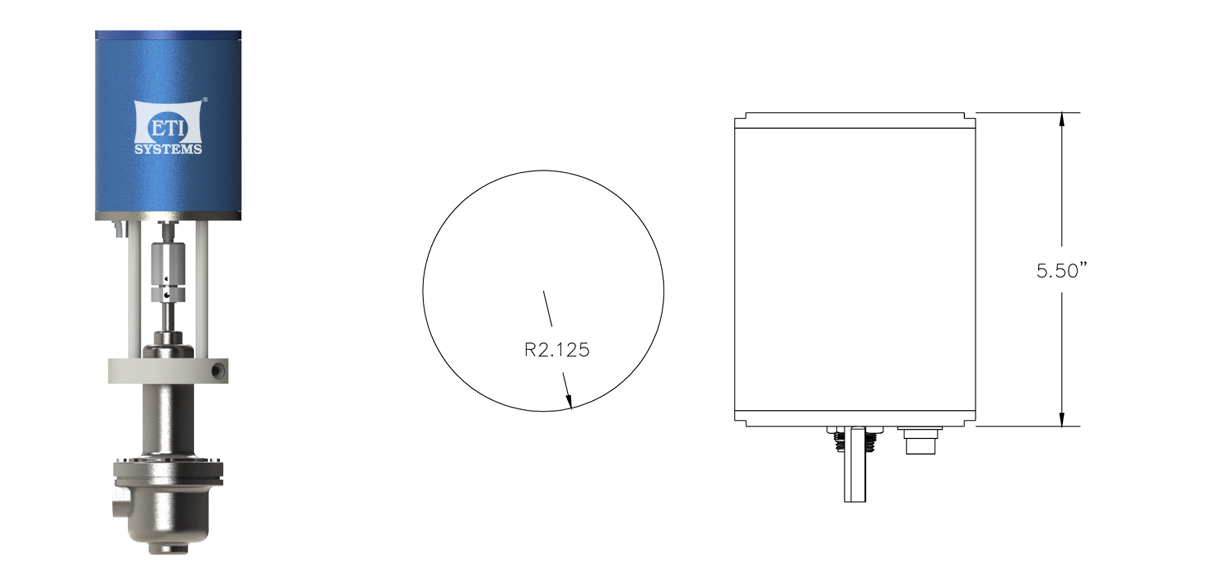Motorized Actuator: Embracing Motorized Actuators for Enhanced Control and Productivity
Welcome to the world of motorized actuators! In today’s fast-paced and ever-evolving industry, staying ahead of the game is essential. Luckily, with motorized actuators on your side, you can supercharge your control and productivity like never before. Whether you’re in manufacturing, robotics, or any field that requires precise movement and automation, these remarkable devices are here to revolutionize your operations. So buckle up as we delve into the exciting realm of motorized actuators and discover how they can take your business to new heights!
Introduction to Motorized Actuators
Motorized actuators are devices that use an electric motor to generate linear or rotary motion. They are commonly used in industrial and commercial applications to automate processes and machinery. Motorized actuators offer many advantages over traditional manual or pneumatic actuators, including increased accuracy, repeatability, and control.
When selecting a motorized actuator for an application, it is important to consider the desired speed, stroke length, force output, duty cycle, and environment. Various types of motors can be used to power actuators, including brushed DC motors, brushless DC motors, and stepper motors. Each type has its own benefits and drawbacks that should be considered when making a selection.
Brushed DC motors are the most common type of motor used in motorized actuators. They are simple and reliable, but require regular maintenance due to the brushes wearing down over time. Brushless DC motors are more expensive than brushed DC motors, but offer increased reliability and longer life span. Stepper motors are often used in applications where precise positioning is required. However, they can be more complex to control than other types of motors.
Once the appropriate motor has been selected, the next step is to choose the right type of actuator for the application. There are three main types of actuators: rod-type, scotch-yoke type, and vane-type. Rod-type actuators have a single rod that extends and retracts from the housing as
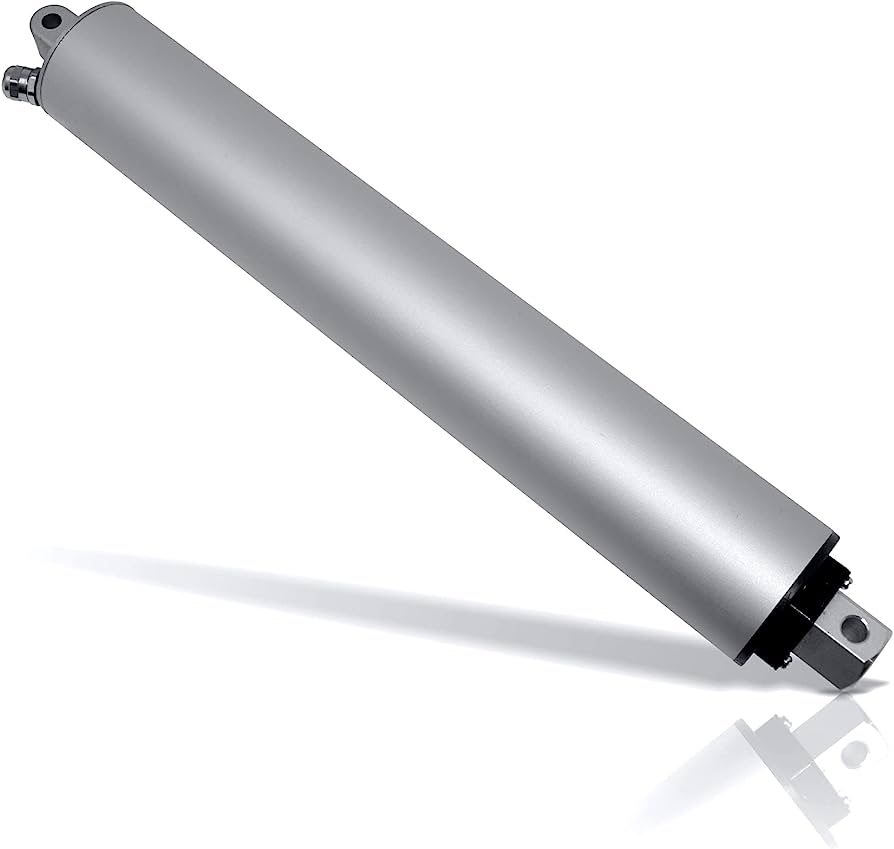
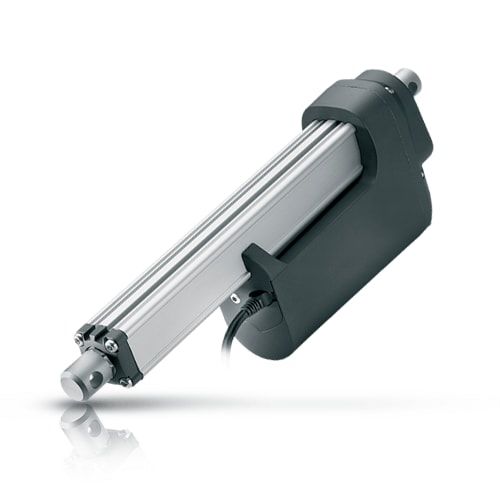
Benefits of Motorized Actuators
Motorized actuators offer many benefits that can enhance control and productivity for a wide range of industries and applications. Perhaps the most obvious benefit of motorized actuators is the increased level of control they offer. With a motorized actuator, you can precisely control the movement of an object or process, which can be extremely helpful in achieving desired results.
In addition to offering enhanced control, motorized actuators can also improve productivity. For example, if you need to move a heavy object from one point to another, a motorized actuator can help you do so quickly and efficiently. Additionally, motorized actuators can automate tasks that would otherwise need to be completed manually, which can save both time and labor.
Motorized actuators are often more reliable than their manual counterparts. This means that they are less likely to experience unexpected downtime or failures, which can further improve productivity.
Types of Motorized Actuators
Motorized actuators come in a variety of shapes and sizes, each designed for a specific purpose. The most common type of motorized actuator is the linear actuator, which uses a motor to convert rotary motion into linear motion. Linear actuators are used in a wide variety of applications, from opening and closing doors to moving heavy industrial equipment.
Another common type of motorized actuator is the rotary actuator, which uses a motor to rotate an object. Rotary actuators are commonly used in automotive applications, such as opening and closing car doors or activating windshield wipers.
There are also servo motors, which are specialized motors that can be precisely controlled to move objects with great accuracy. Servo motors are often used in robotics applications where precise control is required.
Finally, there are stepper motors, which use a series of electromagnets to rotate an object in precise increments. Stepper motors are commonly used in printing and manufacturing applications.

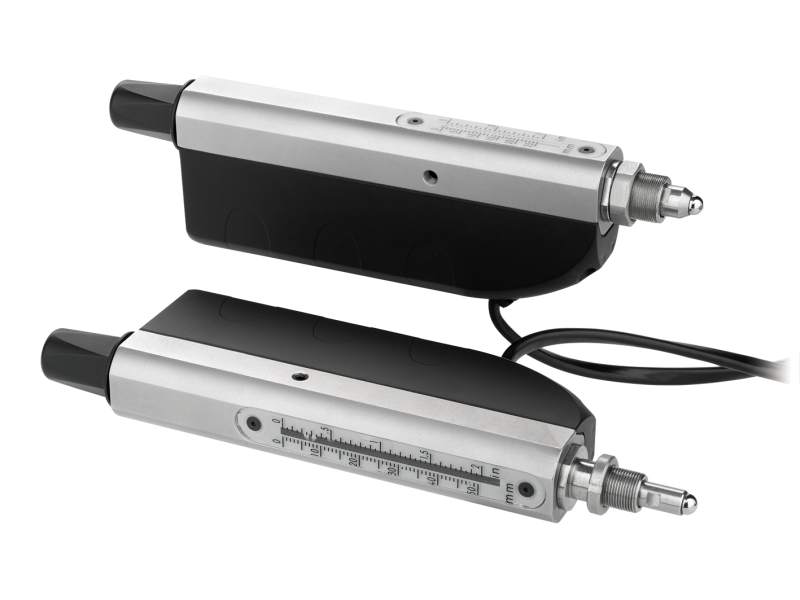
How Do Motorized Actuators Work?
Motorized actuators are a type of electromechanical device that uses an electric motor to generate torque (turning force) to move or control a mechanical load. The load can be an object, such as a door or gate, or it can be a process variable, such as the position of a valve or damper. Motorized actuators are used in a wide variety of applications, including automotive, aerospace, medical, and industrial.
How do motorized actuators work? When an electric current is applied to the motor, it creates a magnetic field that interacts with the field of the permanent magnets in the stator (stationary part) of the motor. This interaction creates torques that rotate the rotor (rotating part) of the motor. The rotor is connected to the load via a shaft, gears, belts, or other means. As the rotor turns, so does the load.
The amount of torque generated by the motor depends on several factors, including the strength of the magnetic fields, the speed of rotation, and the size and shape of the rotor. Motorized actuators are designed to produce a specific amount of torque at a specific speed. The speed can be controlled by varying the electric current applied to the motor. Increasing the current will increase the speed of rotation; decreasing the current will decrease the speed.
Some motorized actuators have sensors that feedback information about loads and speeds back to controllers. This feedback information can be used to automatically adjust the speed of the motor to maintain a precise load or position. Motorized actuators are very versatile devices, and they can be used in a wide variety of applications.
Tips for Choosing the Right Motorized Actuator
When it comes to motorized actuators, there are many factors to consider in order to choose the right one for your needs. Here are some tips to keep in mind:
- Determine the required force and speed. The first step is to determine the required force and speed for your application. This will help narrow down the options and ensure that you choose an actuator that can handle the load.
- Consider the environment. It’s important to consider the environment in which the actuator will be used. This includes things like temperature, humidity, and vibration levels. Choose an actuator that is designed for use in similar conditions.
- Consider the power source. Another important consideration is the power source. Actuators can be powered by electricity, hydraulics, or pneumatic pressure. Choose the power source that makes the most sense for your application.
- Ask about customization options. Many manufacturers offer customization options for their actuators. This means that you can get an actuator that is specifically tailored to your needs. Be sure to ask about this when you are considering different options.
- Research the manufacturer. It’s important to research the manufacturer before making a final decision. Make sure that they have a good track record for quality and customer service.
Following these tips will help you choose the right motorized actuator for your application. Remember to do your research and compare different manufacturers before making a purchase.
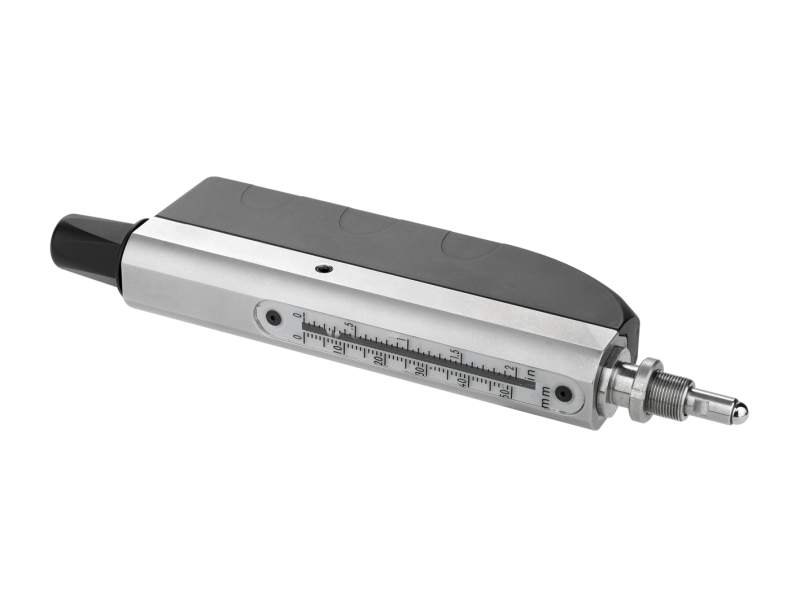
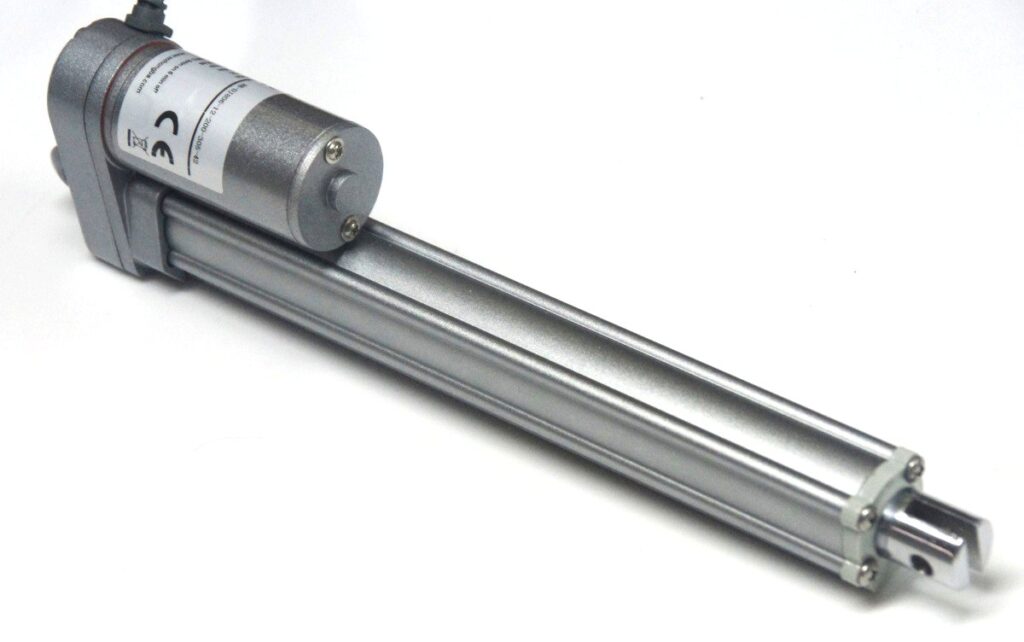
Applications of Motorized Actuators
Motorized actuators have a wide range of applications in various industries. In the automotive industry, for instance, motorized actuators are used in door and window controls, sunroofs, seats, and mirrors. They are also used extensively in the aerospace industry for aircraft doors, landing gear, and flap control.
In the medical field, motorized actuators find use in X-ray machines, computed tomography (CT) scanners, and magnetic resonance imaging (MRI) machines. Motorized actuators are also used in material handling and packaging applications such as conveyors and robotics.
The food and beverage industry relies heavily on motorized actuators for filling and capping bottles or cans, as well as labeling them. Motorized actuators are also used in the construction industry for opening and closing damper valves in HVAC systems.
Finally, motorized actuators are used in a variety of consumer electronics, such as digital cameras, video cameras, and DVD players. They are also used to control the focus of projector lenses, and in robotics for controlling arms and legs.
Conclusion
Motorized actuators provide a unique solution for many industrial applications, allowing them to have greater control and productivity than ever before. With the wide range of motorized actuator models available, it is possible to find one that fits your specific needs and budget. From small-scale production processes to large-scale assembly lines, motorized actuators are sure to help businesses achieve their goals in an efficient and cost-effective manner.
Our Products
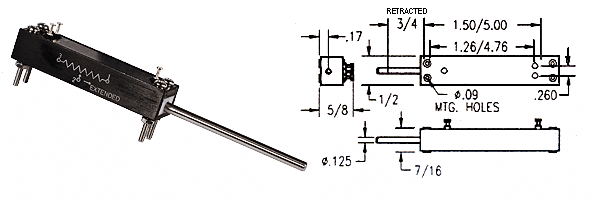
Conductive Plastic Element Black Anodized Aluminum Body, Stainless Steel Shaft, Gold Plated Terminals Recommended for Test and Lab Equipment, Industrial Applications, Medical Equipment (non-life support) Life Expectancy: 20 million strokes Resistance Tolerance: 20% standard (10% Available) Linearity Tolerance: .5% to 1.5% standard (0.3% to 1.0% Available) Power Rating: 0.2 to 1.2 Watt Electrical Stroke: 1″ […]

Conductive Plastic Element. Gold Plated Terminals. High Temp. Thermoplastic Housing. Stainless Steel Shaft. Recommended for Medical Equipment (non-life support), Robotics, Industrial, Test and Lab Equipment. Life Expectancy: 10 million turns Resistance Tolerance: ± 10% standard ( ± 10% available) Linearity Tolerance: ± 1.0% standard ( ± 0.5% available) Electrical Angle: 320º ± 5º Mechanical Angle: […]
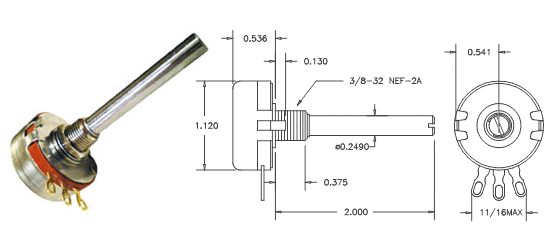
Hot molded carbon element Gold-plated terminals Stainless-steel shaft and housing Quality meeting or exceeding MIL-R-94 – QPL listed Rotational Life: 25,000 Resistance Tolerance: ± 10% or ± 20% Operating Temperature Range: -65°C to +125°C Power rating: 2 watts Insulation Resistance – dry: 10K Meg; wet: 100K Meg Dielectric Strength: 900 VRMS Starting Torque: 1 oz/in […]
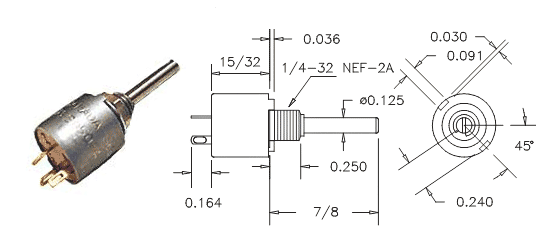
Hot molded carbon element One piece housing and bushing Stainless-steel shaft Quality meeting or exceeding MIL-R-94 – QPL listed Rotational Life: 25,000 Resistance Tolerance: ± 10% or ± 20% Operating Temperature Range: -65°C to +125°C Power rating: 0.5 watts Insulation Resistance – dry: 10K Meg; wet: 100K Meg Dielectric Strength: 750 VRMS Operating Torque: 0.5 […]

MG22 Concentric Turns Counting Dial Counts up to 20 turns. One Piece Mounting. Aluminum Housing. Black Nylon Knob. Numbers are White on Black Background. Over the Center Lock Available. Diameter – 7/8″; Extension from Panel – 1.0″ Maximum Panel Thickness – 1/4″ Weight: .2 oz

Electrical Specifications: 10K ohm precision potentiometer Single axis joystick Cylindrical knob Linearity (independent): ± 5.0% Lever Electrical Angle: 40° Max. Resolution: Essentially Infinite Mechanical Specifications: ± 20° from center deflection angle Life expectancy: 5 million operations Spring return to center Housing material: High temp. thermoplastic IP65 Rating
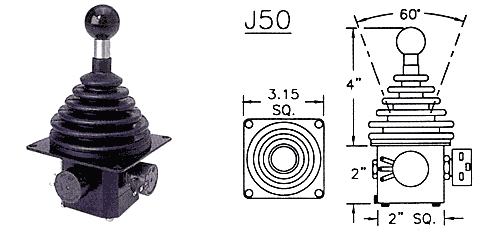
Two axis joystick 4″ handle height 60° deflection angle ( ± 30°) Ball knob Spring return to center Circular deflection pattern 10K ohm precision potentiometer Protective rubber boot (IP54 rating above panel) IP65 option available upon special request Panel mounting bracket
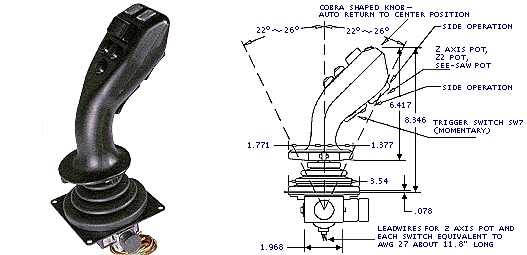
Multi-axis joystick 8.34″ handle height 45° deflection angle ( ± 22.5°) Spring return to center Cobra Head handle Circular deflection pattern 10K ohm precision potentiometers – all axis Three momentary switches (two illuminated, one trigger) Panel mounting bracket Protective rubber boot (IP65 rating above panel)
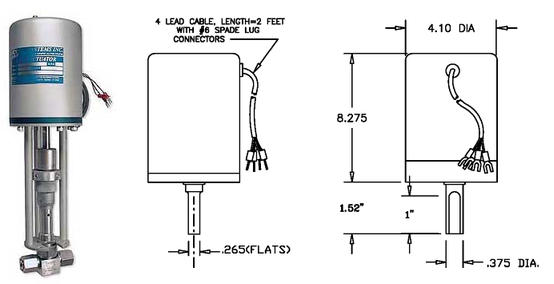
Input: 4 to 20 mA (200 ohms) or 0 to 10VDC (18KΩ) Rotation Speed : 1.5, 3, 5, 10, 20 or 40 RPM Power : 24 VDC (50 Watts min.) Dynamic Braking : Installed Limit Switches : Installed Torque Limiter : Set for Valve requirements. Wt : Approx. 21 in/lbs. max. Seating Limiter : Set […]
